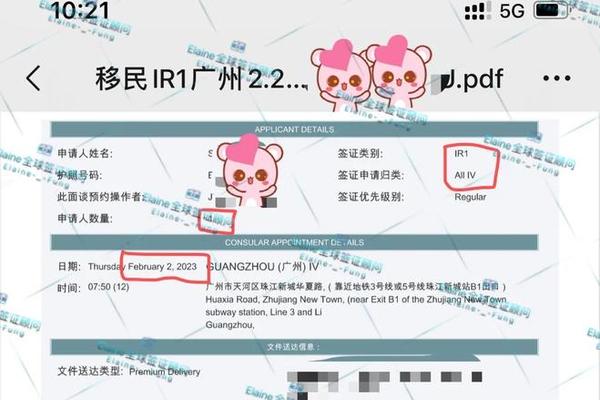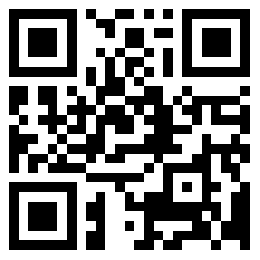The immigration interview process and regulations vary by country, but based on the provided search results, here is a summary of interview procedures and regulations related to immigration authorities, translated and adapted into English where relevant:
1. General Immigration Interview Structure
Immigration interviews typically follow a structured format to assess eligibility, intentions, and compliance with visa/residency requirements. Key steps include:

Registration and Document Verification: Applicants must present valid identification, application forms, and supporting documents (e.g., employment contracts, financial proofs).
Interview with Immigration Officers: Questions may cover purpose of stay, financial stability, employment details, and adherence to local laws.
Additional Checks: Background verification, health examinations, or supplementary documentation may be required.
2. Hong Kong Immigration Department Procedures
For Hong Kong, while specific interview guidelines are not detailed in the search results, the Immigration Department emphasizes:
Electronic Services: Applicants are encouraged to use online platforms for visa applications and extensions, reducing the need for in-person interviews in routine cases .
Discretionary Authority: The department reserves the right to modify eligibility criteria or procedures without prior notice, underscoring the importance of staying updated on official guidelines .
3. Chinese National Civil Service Interviews (Reference)
Although not directly about immigration, China’s civil service interview process (e.g., for entry-exit inspection roles) provides insights into formal government interview protocols:
Structured Format:
Check-in and Lottery System: Candidates draw lots to determine the order of interviews.
Preparation Time: 3–4 minutes to prepare answers after questions are read.
Panel Interview: A panel of 7–11 examiners evaluates responses, focusing on logic, clarity, and relevance.
Scoring: Results are calculated by averaging scores after removing the highest and lowest marks .
Strict Rules: Prohibition on disclosing personal information (e.g., name, employer) during the interview to ensure fairness .
4. Global Immigration Trends and Considerations

Push Factors: Political stability, education opportunities, and personal safety often influence migration decisions, as seen in Hong Kong’s emigration trends .
Work and Study Visas: Countries like the U.S. and Australia require interviews for certain visas (e.g., H-1B, student visas), focusing on intent to return home post-visa and compliance with visa terms .
5. Important Notes
Jurisdictional Variations: Immigration policies differ significantly across regions (e.g., Hong Kong’s liberal visa-free entry vs. mainland China’s stricter controls) .
Legal Disclaimer: Immigration authorities (e.g., Hong Kong’s Immigration Department) disclaim liability for application outcomes, emphasizing applicant responsibility .
For official English-language guidelines, always refer to the specific immigration authority’s website (e.g., [Hong Kong Immigration Department] or [U.S. Citizenship and Immigration Services]). If you need details for a specific country or visa type, clarify the jurisdiction for more targeted information.





